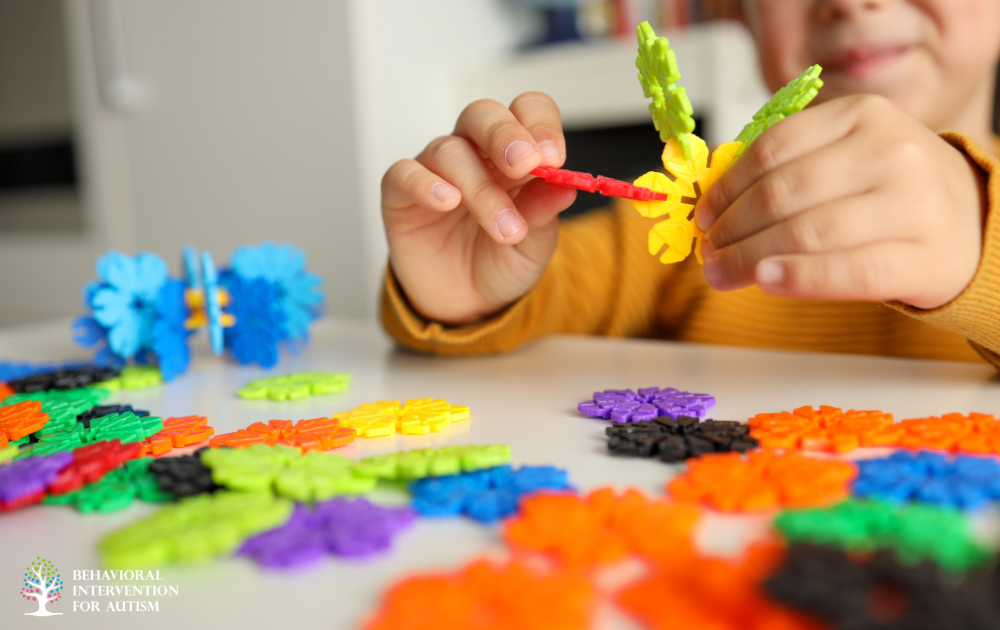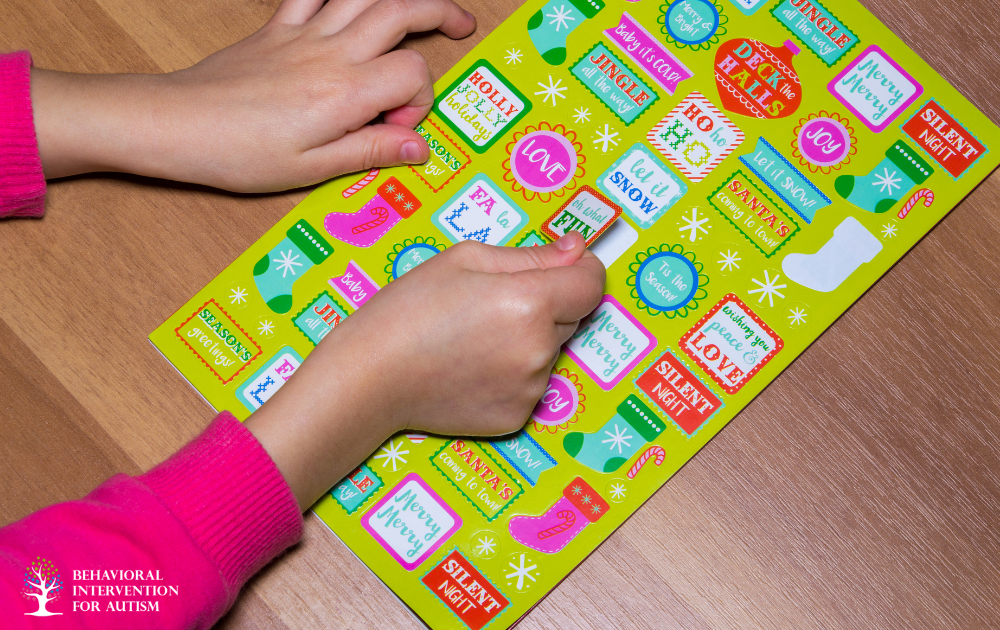
Table of Contents
Fine motor skills, which involve small movements of the hands and fingers, are essential for performing everyday tasks. However, some children on the autism spectrum may face challenges in developing these skills.
Understanding the importance of fine motor skills and the specific challenges faced by children with autism is crucial for providing effective support.
Importance of Fine Motor Skills
Fine motor skills play a crucial role in a child’s development and independence. These skills involve precise movements of the hands and fingers, such as pinching, grasping, or squeezing. They are necessary for tasks like holding a pencil, buttoning a shirt, tying shoelaces, or feeding oneself.
Developing fine motor skills is vital for children as it allows them to participate in various activities and promotes their overall independence. These skills also contribute to their cognitive, social, and emotional development.
Fine motor activities help improve hand-eye coordination, concentration, and problem-solving abilities.
Challenges for Children with Autism
Unfortunately, children on the autism spectrum may face specific challenges when it comes to developing fine motor skills. Some of these challenges include difficulties with coordination, motor planning, and sensory integration. These challenges can affect their ability to perform tasks that require precise hand movements.
Individualized support is crucial for children with autism to overcome these challenges. Fine motor activities should be tailored to each child’s specific needs, taking into account their strengths and areas of difficulty. Goals, objectives, and progress monitoring should be part of the support plan to ensure continuous development.
To help with that, we have prepared a handful of activities that can help develop fine motor skills for autistic individuals. Let’s check them out.
Hands-On Activities
Engaging in hands-on activities is an effective way to develop fine motor skills in children with autism. These activities not only provide a fun and interactive learning experience but also help improve dexterity, coordination, and control.
Here are some hands-on activities that can foster the development of fine motor skills in children with autism:
Tracing Lines
Tracing lines is an excellent technique for children to develop their fine motor skills. Starting with pre-drawn straight lines and progressing to more complex shapes like zig-zags and curves, tracing helps children practice control and precision in their hand movements.
Initially, hand-over-hand assistance may be needed, gradually allowing the child to trace independently.
Modeling Clay Play
Working with soft modeling clay or therapy putty is a fantastic way for children to strengthen their fine motor skills while engaging in imaginative play. Squishing, pinching, poking, and stacking the clay helps children develop hand strength, finger coordination, and manipulation skills.
Make sure to encourage creativity and exploration as they mold various shapes and objects.
Block Stacking
Block stacking is a classic activity that promotes the development of fine motor skills in children. Start with small or medium-sized blocks that the child can easily lift and hold.
As they gain confidence and control, encourage them to stack the blocks higher and experiment with different shapes and sizes. This activity helps improve hand-eye coordination, hand stability, and finger dexterity.
Paper Cutting
Learning to cut paper is an essential fine motor skill that can be practiced using child-size or adaptive scissors. Begin with cutting straight lines and gradually progress to cutting different types of lines, such as zig-zags, wavy lines, and dotted lines.
Introduce cutting shapes on various sizes and thicknesses of paper to further challenge their skills. Supervise closely during this activity to ensure safety.
Bead Stringing
Stringing beads is a versatile activity that enhances fine motor skills and offers opportunities for creativity and learning. Provide children with beads of different shapes, sizes, and colors.
Encourage them to manipulate the beads, improving their hand-eye coordination, finger strength, and bilateral coordination. This activity also supports cognitive development as they explore patterns and colors.
Muscle Engagement Exercises
Engaging in muscle exercises can also be beneficial for autistic individuals. These exercises focus on enhancing muscle strength, coordination, and body awareness.
Here are three effective muscle engagement exercises that can be incorporated into fine motor skill activities for individuals with autism:
Squeezing and Pinching
Squeezing and pinching exercises are simple yet effective ways to strengthen the hands and fingers. This can be achieved by using stress balls, therapy putty, or even squeezing a soft toy or foam ball. These activities help improve hand and finger strength, grip, and dexterity.
Encourage the individual to squeeze the object with their entire hand or use their fingertips to pinch and release. Gradually increase the resistance of the object as their strength improves. This exercise promotes fine motor control and coordination.
Brush Stimulation
Brush stimulation involves using a brush, such as a soft-bristled brush or a sensory brush, to stimulate the skin. This exercise serves to increase body awareness and improve accuracy in movements.
Gently brushing the skin stimulates the sensory receptors, enhancing sensory integration and motor planning.
Guide the individual in using the brush to stroke their arms, hands, fingers, and other body parts. The repetitive brushing motion can help calm and prepare the muscles for fine motor activities.
This exercise can also be combined with other activities, such as tracing lines or playing with modeling clay, to further enhance sensory input.
Vibrating Massager
Using a vibrating massager can provide additional sensory input and help individuals with autism improve their fine motor skills. The vibrations from the massager stimulate the muscles and joints, promoting increased body awareness and coordination.
Guide the individual in using the vibrating massager on different body parts, such as the hands, fingers, and arms. Encourage them to explore different movements and apply gentle pressure to different areas. The vibrations can help wake up the muscles and improve muscle control and precision.
Use of Creative Tools
Creative tools can also play a significant role in developing fine motor skills for children with autism. One such tool that can be both fun and beneficial is stickers. Let’s explore how stickers can be used to enhance fine motor skills in individuals with autism.
Stickers for Skills
Stickers offer a simple yet effective way to improve hand strength and coordination while engaging in a purposeful activity. The process of peeling a sticker and placing it on a surface requires precise movements, encouraging the development of fine motor skills.
Children with autism can benefit from the tactile sensation and visual feedback that stickers provide.
To make the most of stickers for skill development, consider incorporating them into educational activities. For example, using stickers as a reward system during learning sessions can motivate children while simultaneously enhancing their fine motor skills.
Additionally, stickers can be used to create visual schedules or as markers for tasks, providing a visual aid and promoting organization skills.
Playful Learning with Stickers
Making sticker activities enjoyable and playful can further enhance the engagement and learning experience for individuals with autism. Here are a few ideas to incorporate stickers into fun-filled learning activities:
By incorporating these exercises into various activities, parents and caregivers can help children with autism develop their fine motor skills in an engaging and enjoyable way. Always remember to provide support and encouragement while allowing for individualized progress.
Discover how our high-quality ABA therapy in Florida can help you. Get in touch to learn more and start making a positive impact on your child’s development.
Sources:
- 9 Common Obsessions of Children With Autism You Should Know - February 25, 2025
- What is Neurodiversity? A Guide to Embracing Differences - February 25, 2025
- Understanding Hyperfocus in Autism: What It Means and Why It Happens - February 25, 2025





